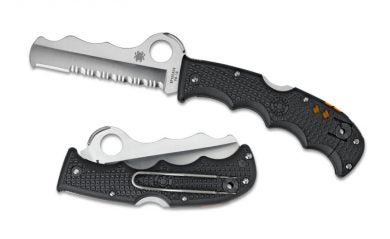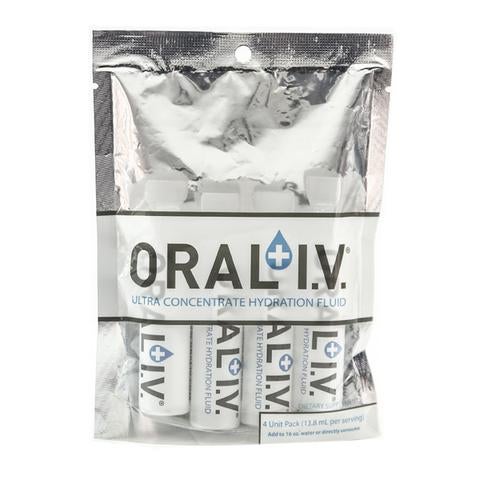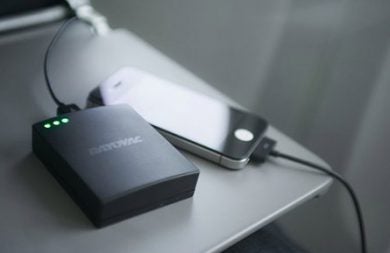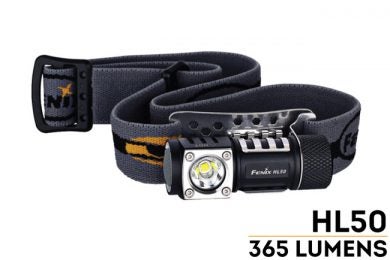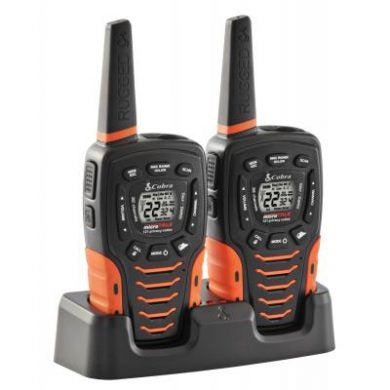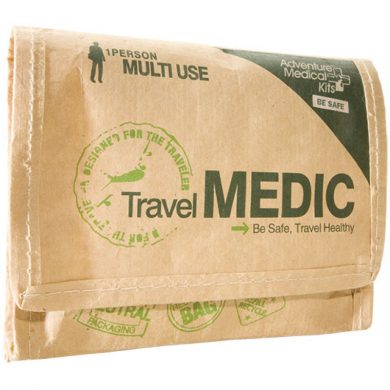Bug Out Bags are often hot topics on firearms, survival and ‘prepping’ forums across the internet. And while I fully support the open debate and discussion about survival kits, the main question, ‘what does the term “bug out” actually mean?’ sometimes doesn’t get answered. In most “adverse event” situations, your goal should be to get home safely to your family, friends and support system. A properly stocked and maintained ‘Get Home Bag’ will help you return-to-base safely and efficiently.
TFB is not a survival blog, however I tend to believe that most responsible firearms owners are also good at planning and preparing for traumatic events. So hopefully I have a receptive audience. On the flip side, much of this information might be too basic for our regular readers. If this article goes over well, we will consider intermediate and advanced preparation equipment, skills and techniques.
The Get Home Bag:
First and foremost, invest in a good, comfortable and well-made pack or bag. Pick one that is at least water resistant, has plenty of storage with high quality zippers and hardware. Also important is the size: stick with a day pack size and not one that is meant for a week-long adventure. You’ll only be packing enough gear and supplies to maintain yourself for 24-48 hours while you make your way home.
Some available options:
Hill People Gear Ashton House Pack
Prometheus Deign Werx S.H.A.D.O.
Sneaky Bags SENTINEL
Hazard 4 Plan-C
Camelbak Skirmish
1 . Pistol, Ammo, Mags:
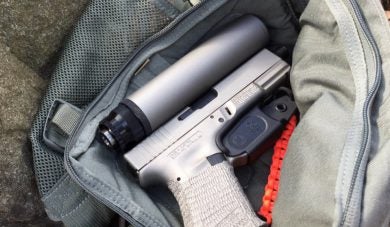
Glock 19 and Suppressor in a Hill People Gear Kit Bag
Survival discussions go hand in hand with firearms discussions, but this isn’t the time or place to discuss personal carry-gun choices. Here’s one suggestion: a ‘Get Home Bag’ is not built for a carbine, short barreled rifle or AR-style pistol. Stick with a traditional, well made handgun that you know inside and out. If you carry concealed 24/7, great, use the space you saved for an extra spare magazine. If you choose to keep a handgun in your bag, make sure that you follow all laws and take proper storage and safety precautions.
As for ammunition, a total of three magazines should be a good compromise between weight savings and proper armament – you are not going to war, you are making your way home. Also, I happen to believe a weapon light is a must for any respectable defensive pistol. Holsters are also a personal choice, but I suggest something well made with solid retention.
Glock 19
S&W M&P Shield 9
2. Knife:
Even if you carry a $400 Stryder or Chris Reeve knife everyday, invest in an inexpensive folder that lives in your Get Home Bag. The truth is, no one has any idea when they will need to put their emergency plans into action and you may not have your everyday carry gear with you.
Other Options:
Benchmade Griptilian
Kershaw Leek
3. Food:
No MRE’s needed. What you want is off the shelf energy bars that are easy to eat and actually taste good. Steer away from the organic choices (or rotate your stores regularly); consuming a little preservatives won’t hurt you for a couple of days and you’ll avoid the potential of a mold and fungus mess.
Other Options:
Kind Bars
Lara Bars
4. Water:
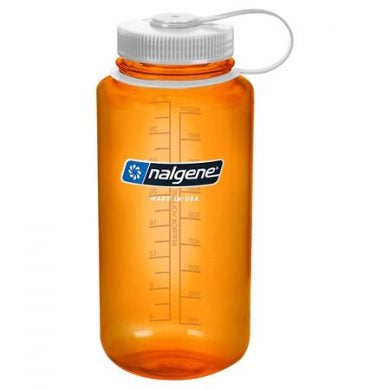
Nalgene Bottle
Keep an empty water bottle in your bag. In most cases you’ll have time to at least fill up before setting off. If not, The Oral IV Hydration Fluid is a good stop-gap solution until you can find a water source. They come in individually packaged servings and have a five year storage life.
Other choices:
Camelbak Eddy Bottle
5. Clothing:
You probably won’t have room for a full change of clothes, but your bag should include a lightweight, water resistant jacket, a pair of fresh socks, and a hat. The hat should be warm and/or shield you from the sun depending on your climate.
Other Options:
Thorlo CoolMax Socks
Kryptek Reversible Beanie
6. Power:
Pack at least eight high-quality AA batteries and a way to use them. One good option are portable USB chargers that can power personal electronic devices. Don’t forget to pack a spare set of cables. Nothing is more frustrating than having power and no way to use it. Keep a car and/or wall charger in your bag as well.
7. Light:
For hands-free use, a headlamp is the way to go. Pick one with a solid, comfortable strap that uses AA batteries (the same battery type you are already packing in your kit). Your light should be shock proof and at least water resistant if not waterproof.
Other options:
Surefire EB1
Chemical Lights
8. Communications:
Consider the fact that mobile telephone and internet services may be down or you may not have a working cellphone – how will you get news, weather and emergency information? A set of hand held walkie talkies with a NOAA emergency band can provide you with news alerts, and if you decide to carry both, two-way communications with other members of your group. Get a set that runs on AA batteries so that you have already packed power and you don’t have to constantly worry about keeping them charged. Your walkie talkie choices should also be at least water and shock resistant.
Other Options:
Midland 2-Mile FRS
SPOT Satellite Messenger
9. Cash:

I like to keep the big bills on top…
Stash $100 in various small bills and change somewhere in your bag. Remember, we aren’t preparing for a full economic collapse where you are bartering rimfire ammunition for bandaids. Small bills can be used at gas stations or vending machines when electronic payment systems are disrupted.
Other Options:
Prepaid Visa Cards
10. Medical:
Your Get Home Bag should have two types of small medical kits. One for minor injuries: bandaids, painkillers, antibiotic ointments, anti-diarrhetics, cold medications and backups of any required prescription medications. The second kit should be able to immediately handle severe trauma: quick clot, bandages, dressings and a chest seal.
Other Options:
ITS Tactical Fatboy IFAK
TacMed Solutions Operator
Bonus: Navigation
Since you won’t know if mobile internet services will be available, throw in a paper copy of your current AOR – rural or urban. At a minimum, print off a few basic maps and zip them up in a baggie. Whether or not you are driving or on foot, a wrong turn in an adverse situation could cost you hours. And that’s time you may not be willing to waste.
Keeping up your bag:
The above items are the very basic beginnings of a Get Home Bag. Obviously there are many other options, additions and substitutions that each owner can make. And don’t forget to throw in the odds and ends that could come in handy. A lighter, multi-tool, lock picks, a pen, a few ziplok bags, paracord and anything else you are comfortable carrying.
One of the biggest questions that only you will be able to answer is where should you decide to keep your bag? In a perfect world, it would always be with you in case of an emergency. The reality is that you are going to need to make compromises. Maybe you have a secure storage solution in your car and since you are either with your car at work or at home, the bag is a short walk away. But maybe you take the train to work and carrying a second backpack just isn’t feasible. Maybe you decide to carry some essentials in your everyday bag that goes where ever you do.
One suggestion: once a month, go through all the kit in you bag to make sure every thing is still in working order, make sure nothing has expired and the batteries are still fresh.
Oh, and don’t forget to pack the common sense. It’s priceless.
 Your Privacy Choices
Your Privacy Choices


